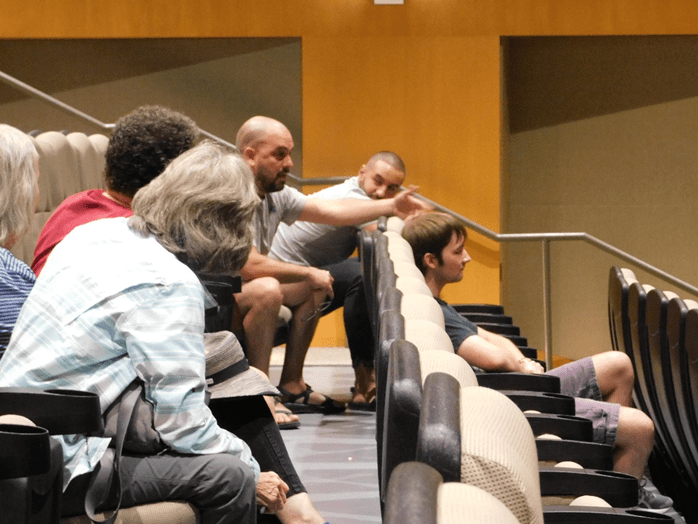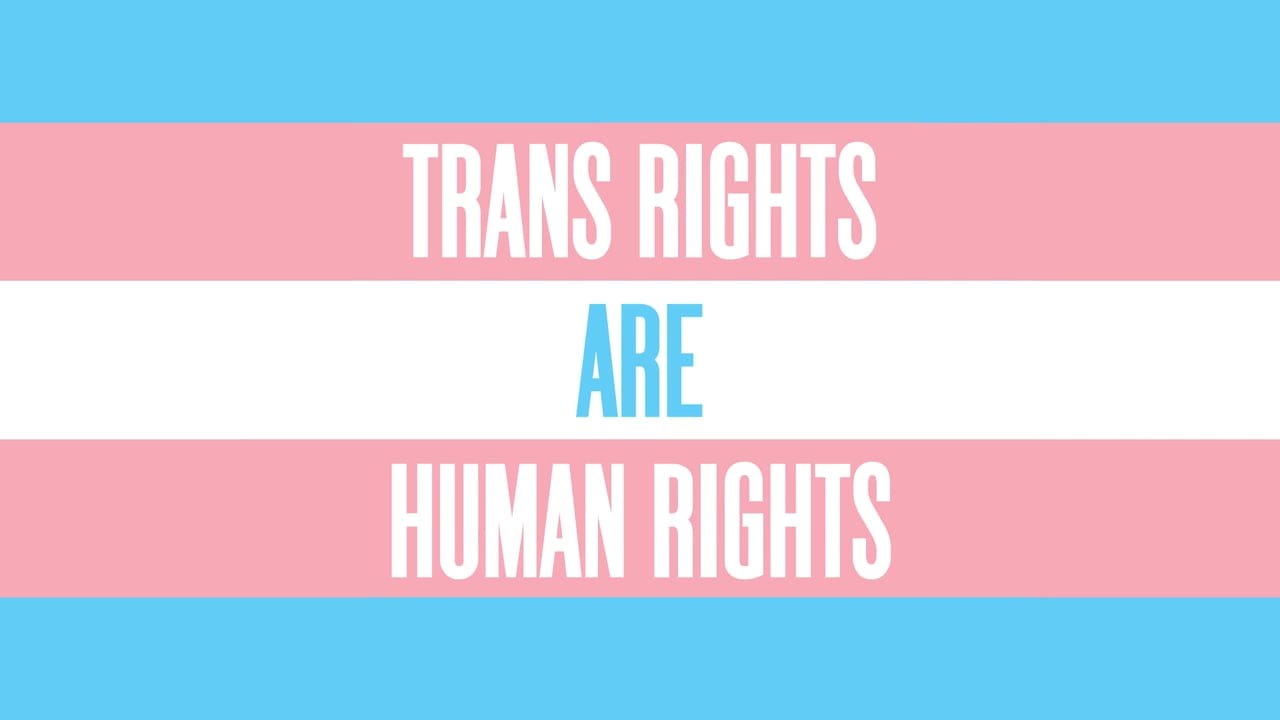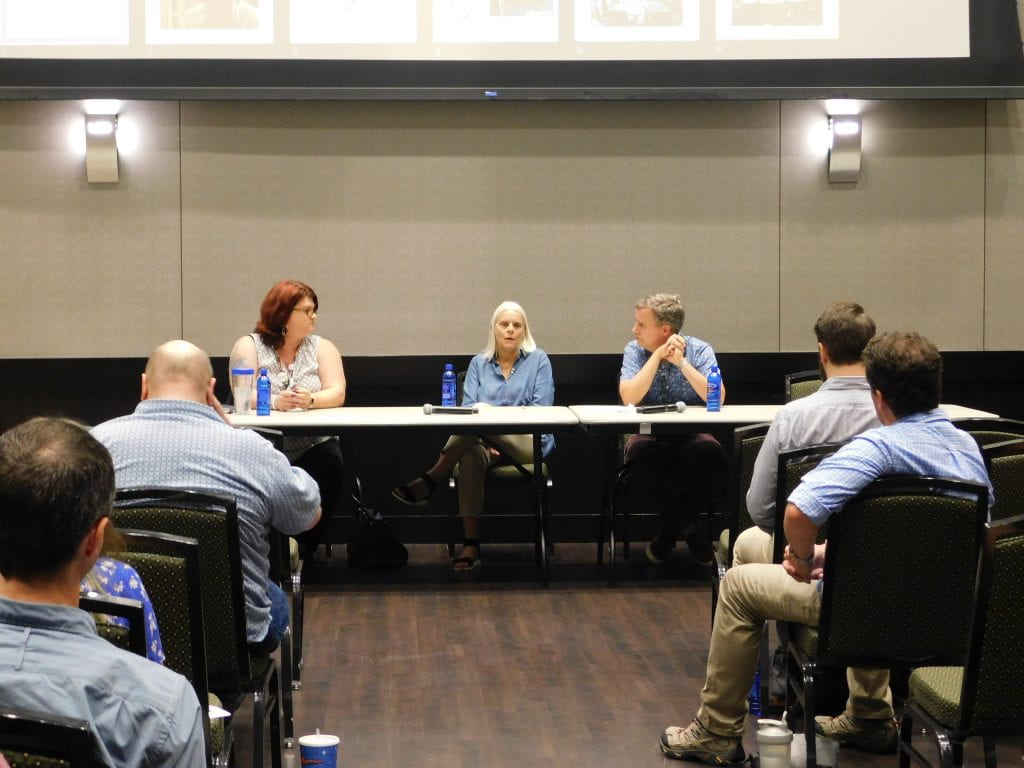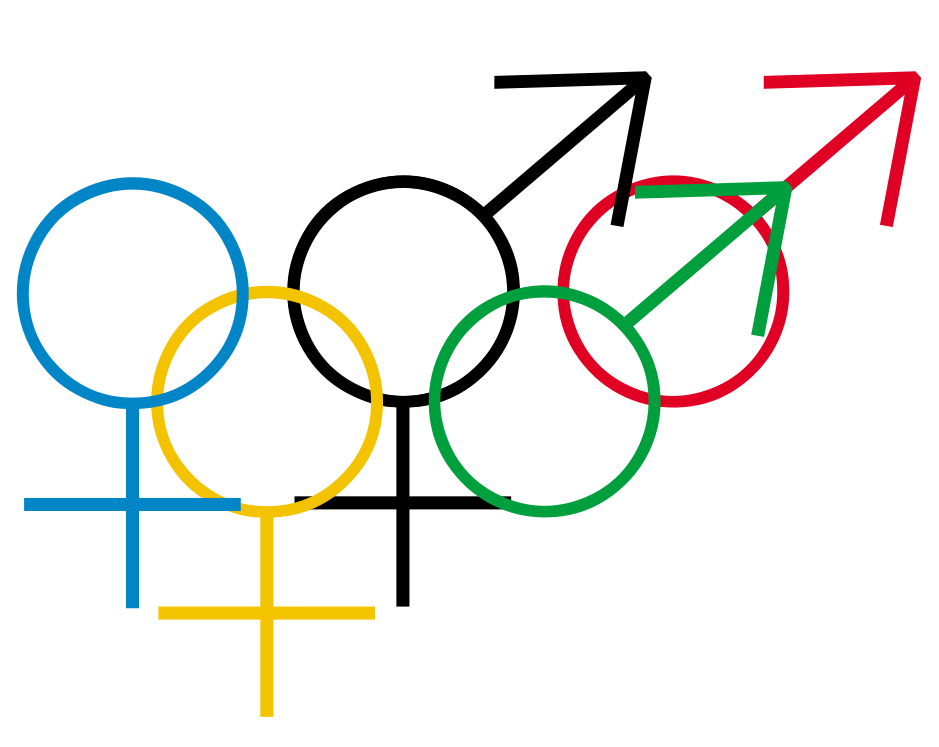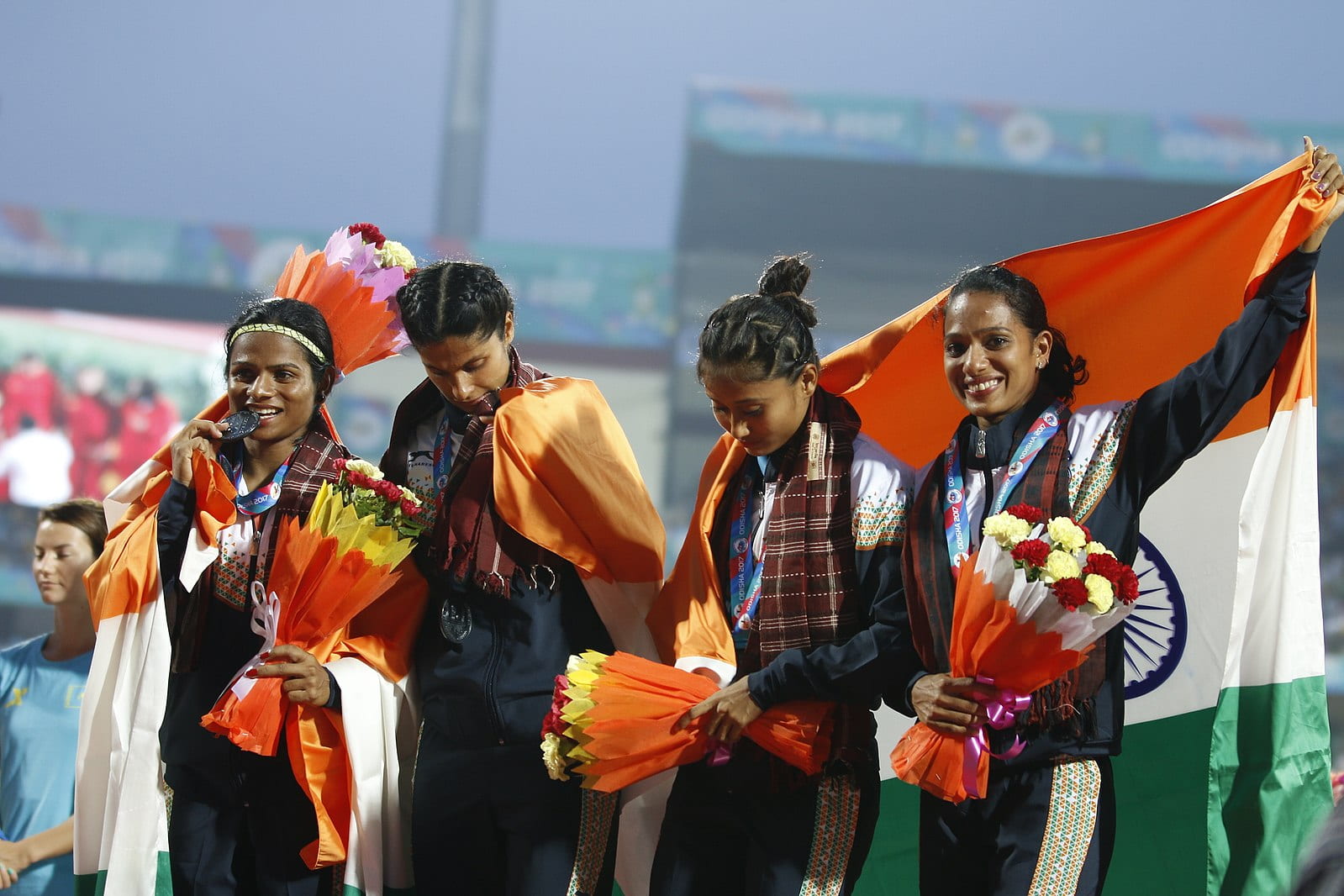On February 10, 2021 the Alabama Senate Health Committee voted to criminalize transgender medicaltreatment for minors. With an 11-2 vote, the committee approved Senate Bill 10 (SB-10), a bill that will “outlaw puberty blocking medications and gender-affirming care for minors.” On March 3, the Alabama Senate passed this legislation, and it is currently awaiting Governor Kay Ivey’s approval. SB-10 empowers the legal system to prosecute clinicians and pharmacists with felony charges if they prescribe medication or provide treatment to aid in the transitional processes of minors. Bill sponsor Senator Shay Shellnutt (R-AL) claims that “minors are too young to be making this decision.” The Senator has also admitted that he’s never interacted with a trans teen before submitting the bill. Opponents of the SB-10 refute Shellnutt’s claim by acknowledging this decision is between the medical care provider, the patient, and the patient guardians. As such, SB-10 infringes on the private rights of parents to care for their children with necessary and proper interventions. Shellnut has mentioned that hormonal treatment and other transgender interventions cause long term issues and that a child is not mature enough to be making such a permanent decision. Shellnut’s claims are false; the effects of hormonal drugs that are puberty blockers are reversible. Also, when evaluating long term effects of gender reassignment surgeries, doctors prefer to wait until the patient is at least 18 years old before they perform the surgery.
Doctors must take the Hippocratic Oath which defines their ethical conduct and moral reasoning. There are two main tenets of the Oath: “benefitting the ill and protecting patients against personal and social harm and injustice.” Not only does SB-10 force doctors to dishonor the Hippocratic Oath, but it is also medically harmful to the patient pursuing care and prevents them from confiding in their medical care team. Dr. Marsha Raulerson says it will “take away child’s confidence in trusting doctors with their thoughts and to talk candidly.”
Healthcare providers are only one pillar of the support system for patients wishing to transition. So, when healthcare providers are unable to provide care to these young individuals, it can harm their mental and physical wellbeing and contribute to gender dysphoria. Adolescent and young adult years are incredibly formative. It’s in these years that young people thrive and when they are in need of a lot of support and care. When their support systems and adequate healthcare is taken away “adolescents can feel alone, stigmatized, and undervalued”. Rejection, discrimination, and stigma during these formative years can put young adults at a higher risk of mental health disorders such as depression and anxiety. The aforementioned mental health disorders can lead to the usage of addictive substances like drugs and/or alcohol, and suicidal ideation. These factors contribute to significant health disparities within the LBGTQ+ community. It’s vital the care they receive is given without stigma and affirms the patient’s sexuality and gender identity, but this care cannot be given with government intervention that holds traces of transphobia.
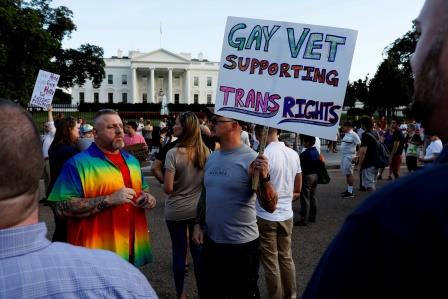
Gender is a very dynamic concept, and there is no binary. It is up to the individual to choose their identity. Gender reassignment treatments and procedures are one way to reaffirm and respect an individual’s choice. LGBTQ+ youth deserve to know that they are respected and that they deserve quality healthcare and treatment. Healthcare providers should not be prevented from fulfilling their responsibilities. They should be able to provide quality care and treatment for their patients. If they can’t, they should be able to refer the patient to a doctor who can provide adequate healthcare. This is not the first time SB-10 has been passed to the full Alabama Senate. It was passed all the way up to the Governor in 2020 to be signed into action and is only back on the table due to COVID-19 complications. Advocacy is an important aspect of healthcare, and providers should be willing to advocate the most for marginalized communities. It is important to lift barriers to care for these groups, instead of continuing to make healthcare inaccessible.
A separate companion bill (HB-391) is currently in the Alabama House. This bill would restrict transgender students from participating in school athletics with the gender they identify with. Lawmakers that support the bill claim that it protects fairness for female and “keeps them from having to compete against transgender athletes who were born male.” The biggest difference to make right now is to call Alabama Senate representatives and tell them the harms these bills will cause to LGBTQ+ youth and to the healthcare providers that try to help them.




